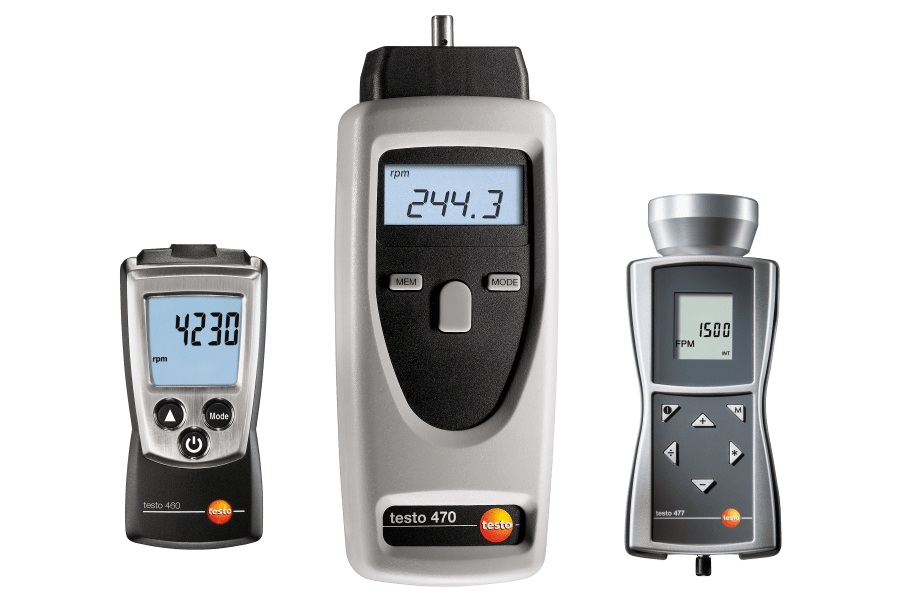Comprehensive Overview to Understanding and Utilizing a Tachometer Properly
Unlocking the Keys of Tachometers: Whatever You Need to Find Out About This Essential Instrument in Your Vehicle
Recognizing the ins and outs of tachometers can provide useful understandings into your car's efficiency and upkeep requirements. From gauging engine speed to decoding the data it provides, tachometers work as a critical device for car owners and lovers alike. By unraveling the enigmas behind this crucial instrument, you can open a wealth of details that can improve your driving experience and ensure the durability of your car.
Relevance of Tachometers
The relevance of tachometers lies in their ability to supply crucial real-time data regarding an engine's rotational speed, permitting precise monitoring and upkeep of equipment. By determining the changes per min (RPM) of an engine's crankshaft, tachometers provide important understandings right into the engine's efficiency - tachometer. This data is crucial for making sure that the engine runs within its optimum range, avoiding possible damages from over-revving or underperforming
Tachometers play a crucial function in helping operators and service technicians spot any kind of abnormalities in the engine's speed, which might show concerns such as fuel ineffectiveness, mechanical issues, or too much pressure on the engine. By promptly identifying these problems via tachometer readings, maintenance can be done proactively, preventing pricey repairs and downtime over time.
In addition, tachometers are especially important in high-performance vehicles and machinery, where specific control over engine speed is essential for optimal procedure. Racing autos, aircraft, and industrial equipment rely upon tachometers to deliver peak performance while keeping safety and security requirements. Essentially, tachometers are not just instruments for determining speed yet indispensable tools for guaranteeing the smooth and effective procedure of engines throughout different applications.
Just How Tachometers Step Engine Rate
Using sensors that spot the regularity of electrical pulses produced by the engine's ignition system, tachometers accurately measure the rotational rate of an engine. By keeping an eye on the price at which these pulses are received, tachometers offer real-time comments on how fast the engine's crankshaft is revolving per min, generally referred to as revolutions per minute (RPM)
The tachometer's sensor, commonly linked to the engine's ignition coil or ignition system wires, picks up the electric signals produced each time a cylinder fires. These signals are after that exchanged RPM analyses presented on the scale or instrument collection within the vehicle driver's sight. Tachometers can be analog or electronic, with contemporary cars commonly featuring digital display screens for specific and instant RPM readings.
This details is essential for motorists to understand the engine's performance, avoid over-revving, maximize equipment changing, and guarantee effective gas consumption. By properly measuring engine speed, tachometers play a crucial duty in aiding drivers run their automobiles safely and successfully.
Interpreting Tachometer Analyses
Having a clear understanding of exactly how tachometers measure engine rate establishes the foundation for properly translating the RPM analyses showed. Interpreting tachometer readings is crucial for optimal automobile efficiency and engine health and wellness. RPM (Revolutions Per Min) readings on the tachometer show the speed at which the engine's crankshaft is rotating. When the engine is idling, the tachometer needle normally relaxes around 600-1000 RPM, relying on the lorry. As you accelerate, the RPM will certainly increase, reflecting the engine's higher rotational speed. When shifting equipments in a hand-operated transmission vehicle, the RPM will go down as you involve the clutch and adjustment equipments, after that increase once again as you speed up in the new gear. Keeping track of the tachometer can help you identify the most efficient changing factors to make the most of fuel economy and engine power. In addition, uncommon variations or constantly high RPM readings could indicate possible problems with the engine that may require specialist focus. By focusing on the tachometer readings and understanding just how to translate them, you can ensure your vehicle runs smoothly and efficiently.


Tips for Utilizing Tachometers Effectively
To boost driving Extra resources efficiency and maximize engine performance, what trick techniques can be applied for efficiently making use of tachometers? Tachometers are important devices that provide real-time comments on engine rate, making it possible for vehicle drivers Going Here to make enlightened decisions for better efficiency - tachometer. Below are some ideas for making use of tachometers properly:
Recognizing Ideal RPM Array: Familiarize yourself with the optimum RPM (Revolutions Per Min) variety for your vehicle. This variety differs in between different cars and trucks and is usually suggested in the proprietor's guidebook. Keeping the engine within this range can enhance gas performance and prolong the engine's lifespan.
Moving Equipments at the Right Time: Utilize the tachometer to figure out the finest time to move Get More Information gears. Objective to shift gears when the RPM gets to the optimum array for the following gear.
Keeping An Eye On Engine Anxiety: High RPMs for extended periods can strain the engine. Watch on the tachometer to avoid over-revving, specifically throughout acceleration or when carrying heavy lots.
Tachometers and Automobile Maintenance
When thinking about car maintenance, tachometers play a crucial duty in keeping an eye on engine performance and discovering potential concerns. Tachometers supply necessary data on engine speed, permitting motorists and auto mechanics to guarantee that the engine is operating within the advised RPM variety. Routinely monitoring the tachometer analyses can help recognize issues such as engine misfires, worn-out ignition system, or problems with the gas shipment system. By taking note of the tachometer, vehicle drivers can avoid excessive stress on the engine, which can result in pricey repair work down the line.
Along with finding potential problems, tachometers can additionally aid in enhancing gas efficiency. By keeping the engine rate within the optimum variety, motorists can improve their gas mileage and decrease fuel intake. This not just benefits the motorist's pocketbook but also contributes to ecological preservation by lowering dangerous exhausts.
Conclusion
